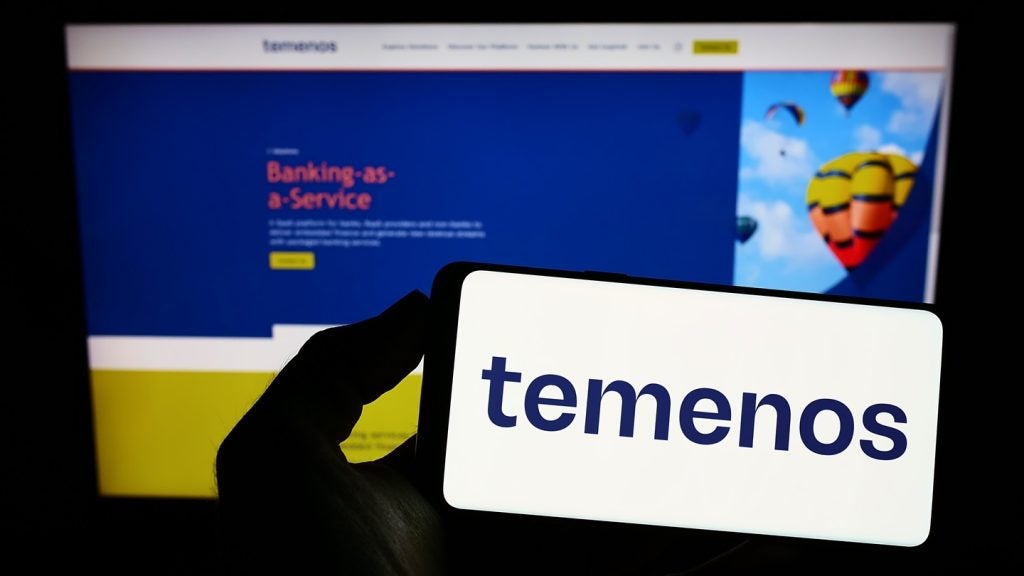Digitisation and increased reliance on cloud services are on the increase and as a result we have hybrid IT moving in to drive growth. Fujitsu’s heads of department highlight the salient points around developments in cloud services, IT and Financial services
Andrew Brabban, head of initiatives programmes, emerging technologies & solutions, Fujitsu UK & Ireland
Cloud
Platform-as-a-service (PaaS) will diversify and become the norm
In 2015 we will see the number of platforms built for different services increase dramatically. PaaS is a trend that continues to mature and in 2015 we will see many more application specific platforms emerging for technologies, such as big data and Internet of Things. This evolution of cloud platforms will lead to more specific capabilities dependent on the application it serves and will help businesses diversify and open up new opportunities for growth and innovation.
Cloud will drive digital business growth
As a result of this diversification of PaaS, cloud will become a major driver for digital business growth. With a recovering economy, businesses are no longer cost cutting and are starting to invest in innovation again. With cloud services becoming a critical process more companies have the opportunity to capitalise on the platforms they have already and package them up as products to be sold on. By creating PaaS that brings functionality not only to their own work, but others too, organisations can take a huge leap forward in transforming themselves into a fully digital business.

US Tariffs are shifting - will you react or anticipate?
Don’t let policy changes catch you off guard. Stay proactive with real-time data and expert analysis.
By GlobalDataHybrid IT comes to fruition
Finally, hybrid IT will have a huge influence on cloud in 2015. Hybrid IT has been growing in the last few years with early adopters managing resources both in-house and off premise through external vendors. This move will accelerate and over the next year and hybrid IT will be something that every business has. With this move the pace of management of IT systems will increase even more which will lead to significant changes in the way businesses organise their operational processes for IT. While this may seem a daunting prospect to IT managers, putting cloud at the heart of operations will lead to a first-class hybrid IT offering.
Jon Wrennall, CTO, Fujitsu UK & Ireland– General IT
Mobility shifts from phones, tablets and wearables to embedded devices
Wearable technology has been accepted and adopted by consumers very quickly over the last year and with Apple entering the market in 2015, this pace will only increase. A key change to mobility we will see in 2015 will be the seamless integration of embedded connectivity into all manner of devices. Whether it is a new car with mobile connectivity built-in or smart home equipment which can be controlled from a mobile, the vast majority of products we buy will be connected by default. This adoption of embedded devices will occur nationwide as it will be the default option, thus by the year’s end this technology will be mainstream. Much as a smartwatch or fitness band is no more of a novelty than a smartphone or tablet, an interconnected car, home and office will soon be the norm.
Interconnected and automated lives
In the next 12 months, society will become even more connected with cloud-based and M2M services adjusting to your life in real time. Using applications such as If This Then That and RunMyProcess on our ever-increasing span of connected devices, we can create intelligent processes than can be carried out with no prompting from the user.
For example if the user is running 30 minutes late and is stuck in traffic, their car will sync with a smart meter at home, delaying when the heating is on thus saving money and being more energy efficient. Or, if a fitness band registers an irregular heartbeat or any other sudden and concerning health problem, it will alert a family member or even call an ambulance to that location and share medical details with the paramedics. This is the kind of connected world we are moving towards and we believe 2015 will see some major progress in this space.
One step closer to 3D computer interfaces
We all know the Minority Report scene where Tom Cruise is waving his hands left, right and centre, controlling different pages and programs as dance they across a holographic computer screen. This technology and interaction with computers and screens is now not that far away.
With gesture controls, 3D graphics and computer processing power developing at a feverish pace, in 2015 we will start to see business and consumer applications for 3D computer interfaces. Whether it is graphic designers working to scale, moving a car with the wave of a hand, or customers at a watch shop being able to ‘try on’ a watch not in stock, 3D interfaces will have a big impact on how we interact with technology in the future.
Anthony Duffy, management consultant, financial services, Fujitsu UK & Ireland- Financial Services
Cyber threats are still a clear and present danger
Finally, when it comes it payments, 2015 is also likely to be another year in which merchants and providers alike suffer further cybersecurity attacks. Given the sheer size and scale of the payments industry – McKinsey estimated the industry to be worth $1.3 trillion in 2012 and growing at around 3% a year – it is likely to continue to act as honeypot for criminals, with little evidence existing that such attacks will lessen in the coming year. The good news is that payments organisations are well aware of the threats and continually strive to strengthen and deepen their defences.







